"Traditional Japanese books come in a wide variety of sizes, shapes, designs and production methods. Such variety is not found in nearby countries like China and Korea, and reveals as much about Japan’s unique book history as it does about Japanese culture as a whole."—Prof. Takahiro Sasaki (Lead Educator of Japanese Culture Through Rare Books)
Accordingly, the Narrative Book Collection enable new interpretations in pre-modern Japanese books through Genre, Typology, Timeline, Appearance (Color/Size), and Content. This interface enables you to explore the collection from overview to details, and compare and contrast unique perspectives of rare Japanese books.
In the Narrative Book Collection, you have Bookshelf view (current view) where you can search and collect and compare books with specific features, and Book view where you can take a closer look at a selected book.

Select Viewpoints in the Bookshelf view
First of all, follow your interests and slide/click on viewpoints. Currently, we provide 6 viewpoints—Genre, Typology, Timeline, Color, Size, Content—as specific features. Start from selecting one viewpoint, yet this interface allows multiple selection. You can explore the collection by selecting and combining any viewpoints. Feel free to wander around the books in your own way. *All selected filter settings appear on the top, so you can easily add/remove all settings.

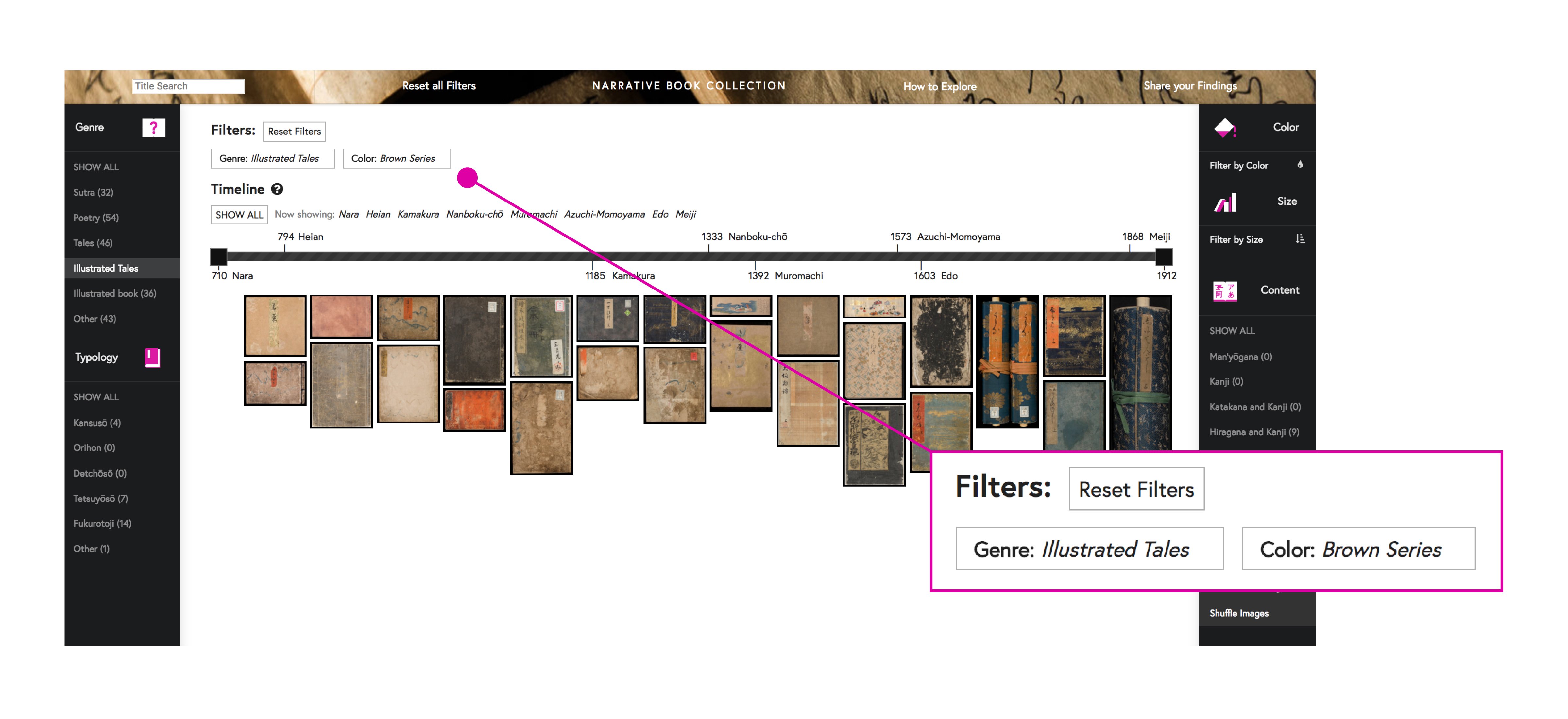
Change Perspectives
The default setting is showing the cover of all books. However, by clicking the button (in the lower right side) you can switch the cover to page images, and explore the books from different perspective. Furthermore, there is a shuffle button that allows you to shuffle multiple images and search box (this one in the upper left corner) that helps you find specific title in text. *Please note that few books does not have a cover, and hence showing page images by default.
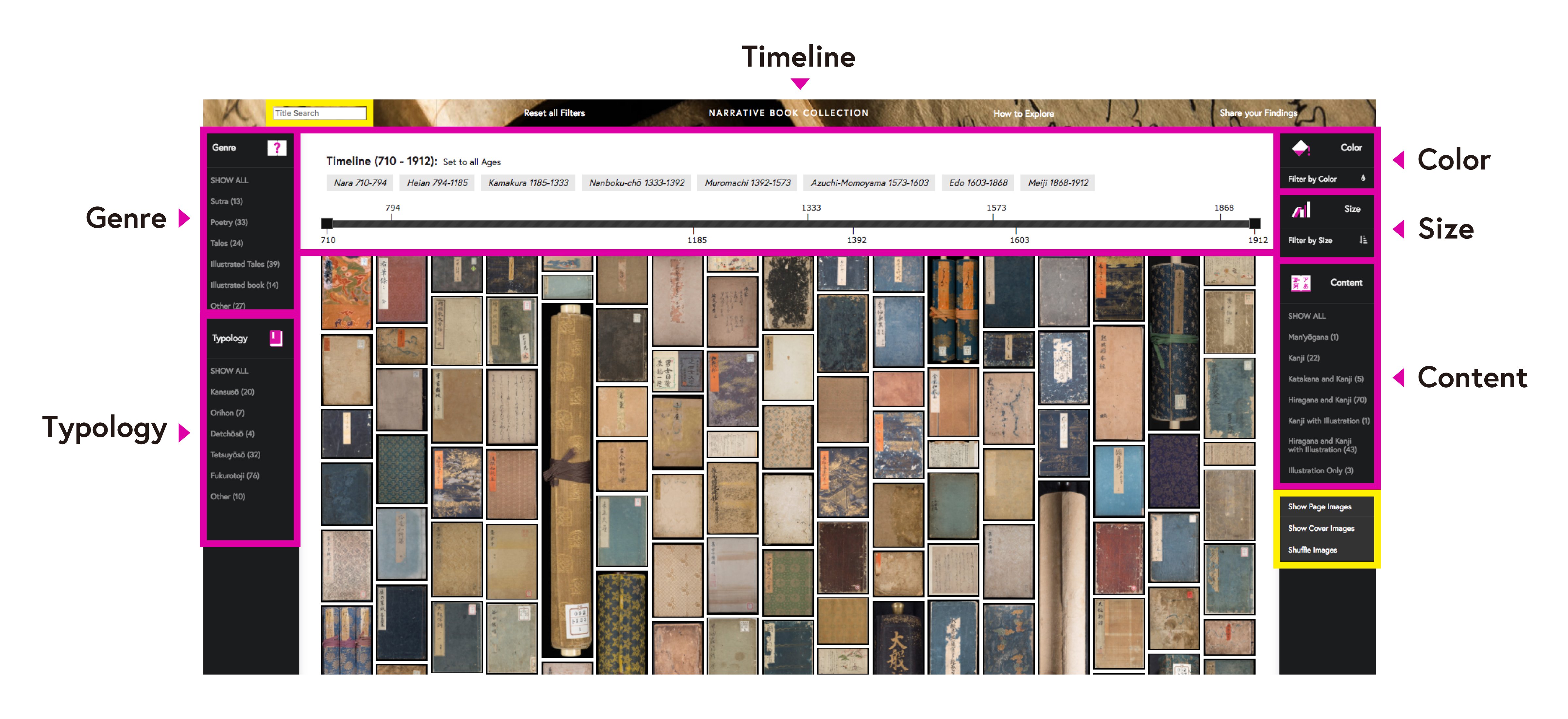
Dive into Details in the Book view
After exploring the books in overview, you can hover over and/or click on specific book image—which strikes you—and look into the details. After clicking 'Take a Closer Look', you will see: a) a list of digitized images of the book (all selectable), b) an image with Japanese title and imprints, c) detailed description of the book, d) zoom link that allows you to view high resolution image, and e) clickable link icons that lead you back to the Bookshelf view page.
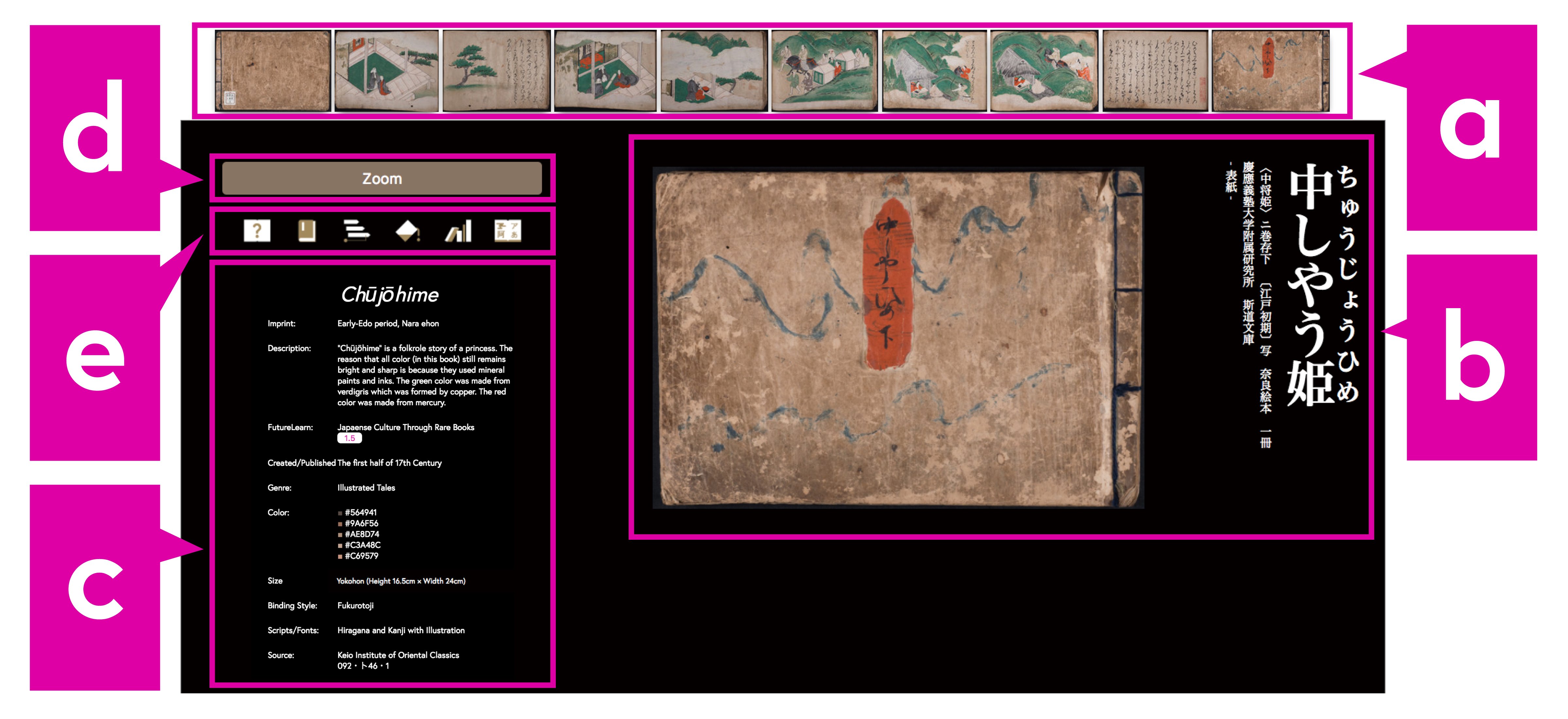
Start over with fresh eyes and/or go to FutureLearn course
The e) link icons are all (pre) classified to the related viewpoints. These icons lead you back to the Bookshelf view page, and enable you to explore the collection again with fresh eyes. Further more, by signing up and taking the free online course Japanese Culture Through Rare Books on FutureLearn, you will be able to learn and study more about the important roles that books have played in the cultural history of Japan. *In c) detailed description of the book, there is a button link that takes you to the correlated FutureLearn course step.
Last but not least, in the Bookshelf view, you are able to share filter settings via URL. By clicking on the Share your Findings button in the upper right corner, you can save and share your findings (current filter settings) online. Through the Narrative Book Collection, we hope you enjoy the 'journey' in rare Japanese books!

This website Narrative Book Collection is developed by the researchers and members of FutureLearn Project, Keio University Graduate School of Media Design. We currently provide 159 pre-modern Japanese book titles (including some paintings, etc.) with over 650 high-resolution digital images.
All books in the Narrative Book Collection are selected—as masterpieces—from both Keio University's library and the Institute of Oriental Classics and correlate with the free online course Japanese Culture Through Rare Books on FutureLearn, and works best alongside (taking) the course. However, we welcome all visitors who are interested in Japanese culture and books.
We kept the interface design as simple (and easy) as possible, yet at first, click on the heading 'How to Explore' and read the instruction. We hope that this Narrative Book Collection provides you a better understanding of rare Japanese books and Japanese culture.
Should you have any questions, feel free to contact us at: contact[at]narrative-book-collection.com
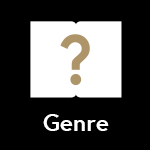
This collection covers a wide variety of genres. We have categorized it into 5 different categories as: Sutra, Poetry (Japanese poem known as Waka), Tales (Monogatari), Illustrated Tales, and Illustrated book. In the past, these genres had strict hierarchy and relation to the appearance of book.
Find out more about genres at: Japanese Culture Through Rare Books Step 1-6, Step 2-8/2-9/2-10, Step 3-3/3-5/3-7/3-12/3-14

There are five main binding styles in pre-modern Japanese books.
- Kansusō (scroll binding)
- Orihon (concertina or accordion-style binding)
- Detchōsō (“oriental style” or “pasted paper leaf” binding)
- Tetsuyōsō (“multisection” binding)
- Fukurotoji (“bound-pocket” or “pouch” binding)
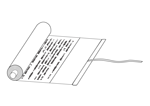

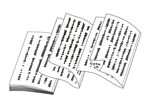
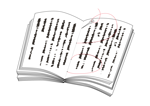
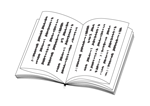
Find out more about binding styles at: Japanese Culture Through Rare Books Step 1-8/1-9/1-10/1-11/1-12/1-13

Color is one of the biggest features of pre-modern Japanese books. Various colors were used in books, and in the Narrative Book Collection, up to five representative colors were selected (computationally) by each cover of books. After extracting the color, we classified each color along 9 typical Japanese color series—all based on the colors specified by Japanese Industrial Standard—such as: Red, Violet, Blue, Green, Gold/Yellow, Brown, Grey/Silver, White , and Black Series.
Please note that all books were damaged and/or the color has changed due to deterioration over time. However, with full respect to those (natural) changes, we kept the extracted color as it stands.
Find out more about color at: Japanese Culture Through Rare Books Step 1-5, Step 3-8/3-9/3-10

Pre-modern Japanese books differ widely in its shape and size. During Edo-period (1603〜), many books come in standard formats, but there were some variation during Heian to Muromachi period as well. Following are the typical formats from Heian to Muromachi period, and Edo period.
Heian to Muromachi period
- Yotsuhan-bon (quarter-size books: approx. 27 x 18.5cm)
- Mutsuhan-bon (sixth-size books: approx. 15 x 15cm)
- Yokonaga-bon (“wider-than-high” books)
- Yatsuhan-bon (“eighth-sized” books: approx. 12.2 x 8.1cm)
- Masugata-bon (square books: the size of Compact Masugata-bon is approx. 10.4 x 10.2cm)
- Oversized books (approx. 28.5 x 21.9cm)
- Other

Edo period
- Ōhon (large books: approx. 27 x 20cm)
- Toku-ōhon (extra-large books)
- Hanshibon (half-size books: approx. 24 x 17cm)
- Chūhon (medium-size books: approx. 19 x 13cm)
- Kohon (small books: approx. 17 x 12cm)
- Toku-kohon (extra-small books)
- Tatenaga-bon (“higher-than-wide” books)
- Yokohon (“wider-than-high” books)
- Masugata-bon (square books)
- Other

Find out more about size at: Japanese Culture Through Rare Books Step 2-10/2-11/2-12, Step 3-7

Ancient Japan did not have its own writing system, so first, Chinese scripts/characters (Kanji) was imported from China. Then, Japanese invented their own unique way to pronounce Kanji—which is called Man’yōgana (万葉仮名)—then developed to Hiragana and Katakana syllabaries. Each writing style perceived as different and used differently in the beginning, yet gradually, some were used in combination. In the latter years, illustration became an important element as well.
Find out more about content at: Japanese Culture Through Rare Books Step 1-6, Step 3-3/3-4/3-8/3-9
Timeline
SHOW ALL Now showing:
Books across and through Time
Books are cultural artifacts. Its function, form, and design have changed over time. This timeline enables you to explore books in time scale through Japanese era and year (range) of published.
Nara |
710-794 |
Heian |
794-1185 |
Kamakura |
1185-1333 |
Nanboku-chō |
1333-1392 |
Muromachi |
1392-1573 |
Azuchi-Momoyama |
1573-1603 |
Edo |
1603-1868 |
Meiji |
1868-1912 |
While few books are published within a certain year (range), uncertainty looms over many books. However, in order to provide aggregated overview, we translated the uncertainties into numbers, and (computationally) included in this timeline. For example, the books published during 'the latter half of 17th Century' will appear in between 1650 - 1699.


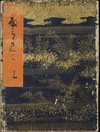
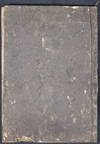
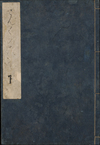
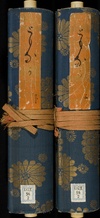


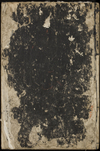

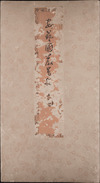




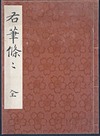


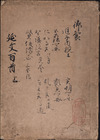
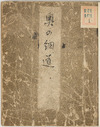
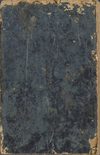

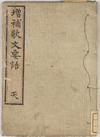
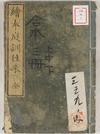

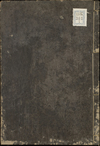
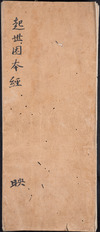

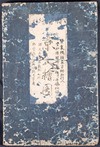

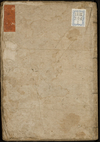


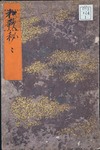
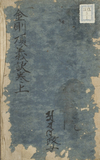

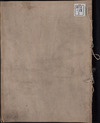
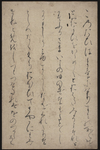
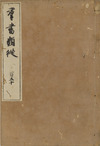

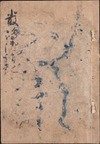
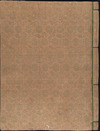


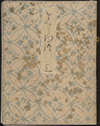
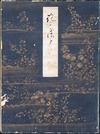

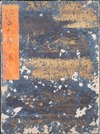

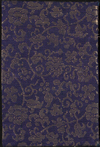
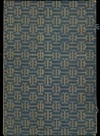
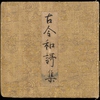



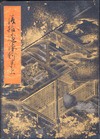

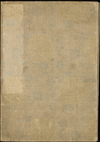
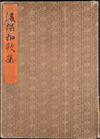
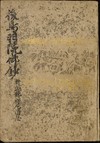
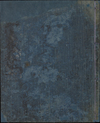
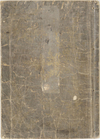

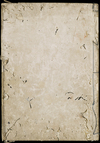
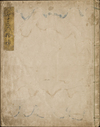

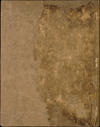
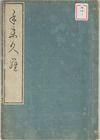
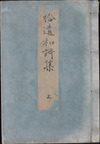
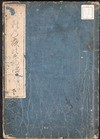
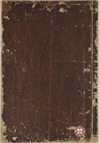
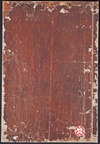
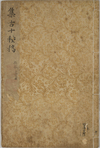
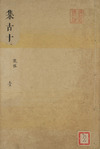

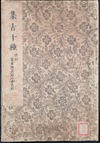
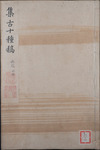
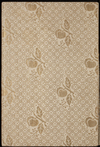
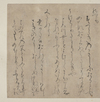




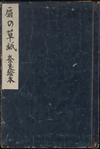
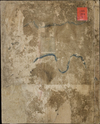

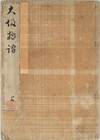
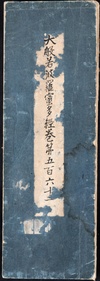



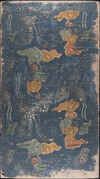
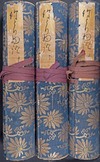
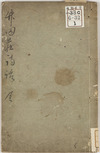


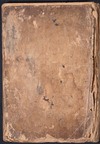


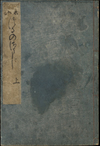
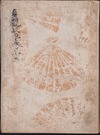
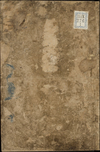
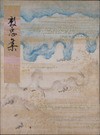
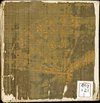
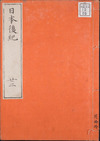
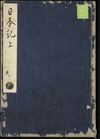

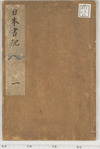
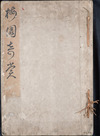


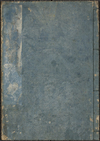
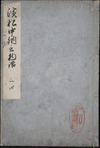
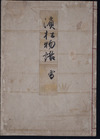
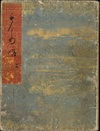
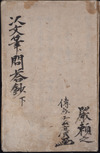
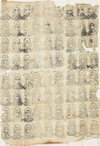
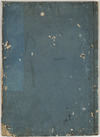
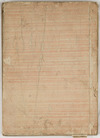
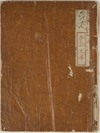
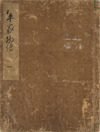
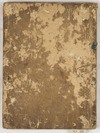
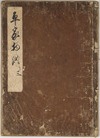

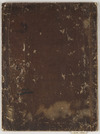
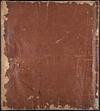

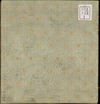
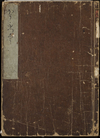
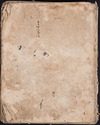

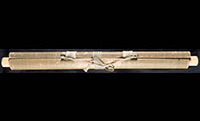



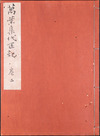
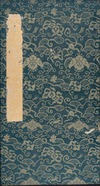



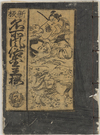
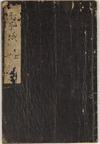

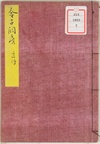
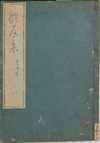
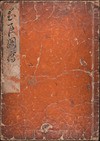
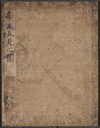
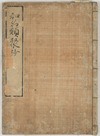
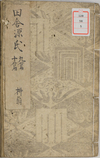


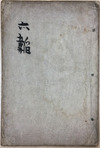


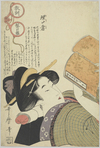
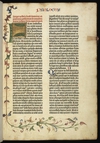

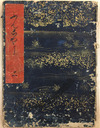
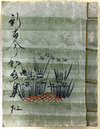
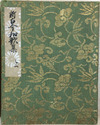
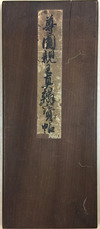
Aizomegawa / あゐそめ川
The 16th Century
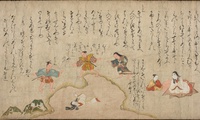
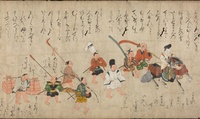
Keio University Library
Shuten Dōji / しゆてんとうし
The latter half of 17th Century


Keio University Library
Tanabata / たなばた
The early 17th Century
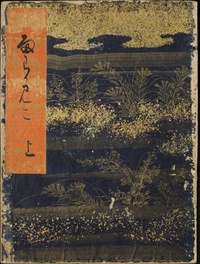
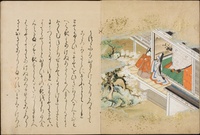
Keio University Library
Tsukishima / つきしま
1624 - 1645
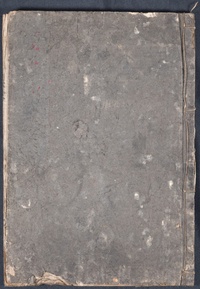
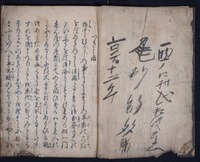

Private Collection
Tengū No Dairi / てんくのたいり
The first half of 17th Century
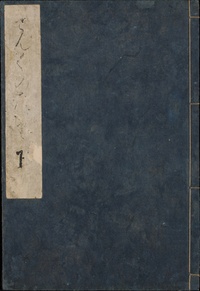
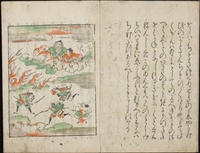
Keio University Library
Tomonaga / ともなが
The latter half of 17th Century
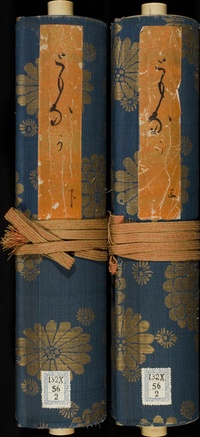
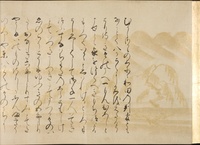
Keio University Library
Nosezaru Sōshi / のせさる草子
The latter half of 17th Century



Private Collection
Funshō Sōsi / ふんしやう
The latter half of 17th Century
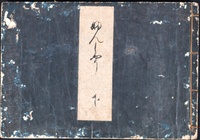
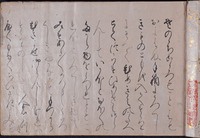

Keio University Institute of Oriental Classics
Bunshō No Sōshi / ぶんしやうのさうし
The first half of 17th Century
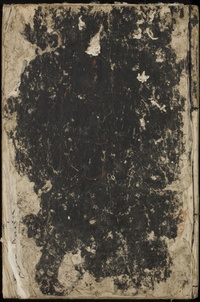
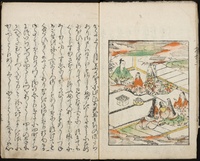
Keio University Library
Yahyōe Nezumi / やひやうゑねすみ
The early 17th Century


Keio University Library
Aki No Kuni Itsukushima Shōkei-Zu / 安芸国厳島勝景図
1689

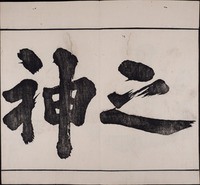

Century Cultural Foundation Collection
Ise Monogatari / 伊勢物語
The 15th Century


Keio University Library
Ise Monogatari Koemaki / 伊勢物語小絵巻
The 17th Century


Keio University Library
Isozaki / 磯崎
The latter half of 17th Century
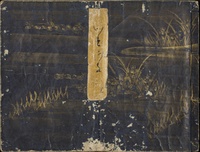
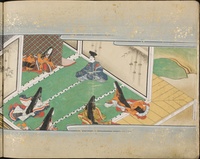
Keio University Library
Otogi Sōshi "Issun Bōshi" / 一寸法師
The latter half of 17th Century
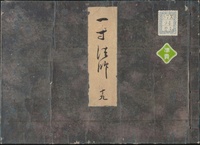

Keio University Library
Yūhitsu Jōjō / 右筆条々
The 19th Century
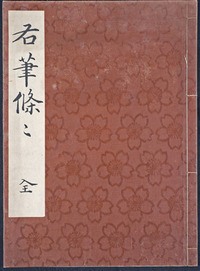


Century Cultural Foundation Collection
Eiga No Taigai / 詠歌大概
The middle and latter half of Muromachi period
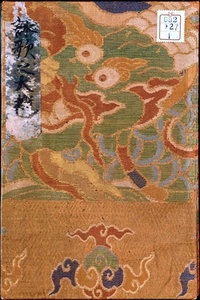
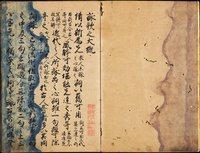
Keio University Institute of Oriental Classics
Eisō Satoshigusa / 詠草さとし種
1853


Century Cultural Foundation Collection
Embun Hyakushu / 延文百首
The 16th Century
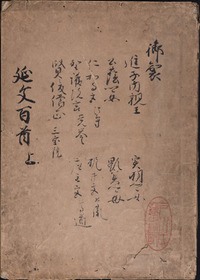
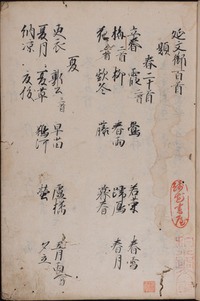

Keio University Institute of Oriental Classics
Oku No Hosomichi / 奥の細道
1702

Keio University Library
Ōjōjūin / 往生拾因
1248
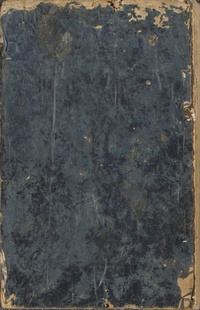
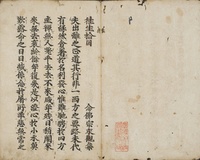
Keio University Library
Kasen Kashū / 歌仙家集
1647
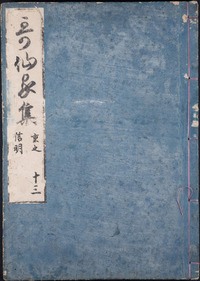
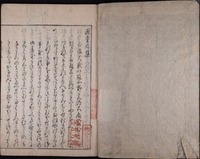

Keio University Institute of Oriental Classics
Kabun Yōgo / 歌文要語
1808


Keio University Institute of Oriental Classics
Ehon Teikin Orai / 絵本庭訓往来
1828 - 1848
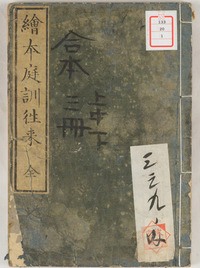

Keio University Library
Kamonomioyasha Uta Awase / 鴨御祖社歌合建永二年三月七日
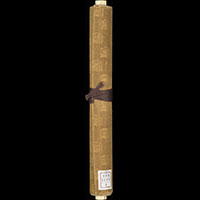
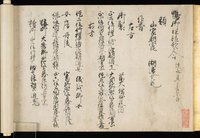
Keio University Institute of Oriental Classics
Iwaya No Sōshi / 岩屋の草子
1624 - 1645
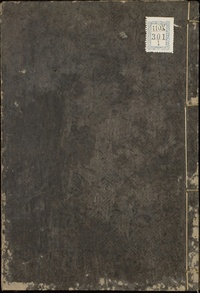
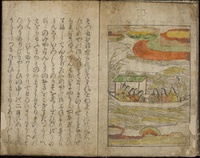
Keio University Library
Kise Inhon-Kyō / 起世因本経
1354
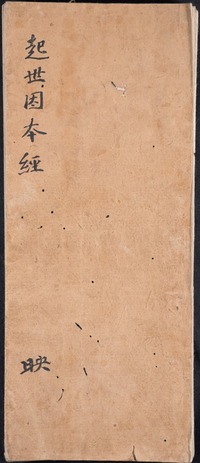
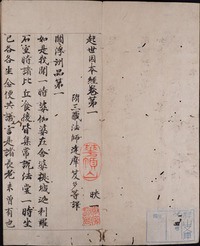

Century Cultural Foundation Collection
Giō / 祇王
The first half of 17th Century
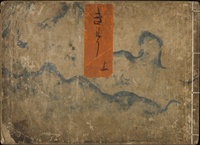

Keio University Library
Kyō Ōezu / 京大絵図
1696
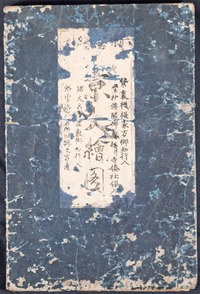
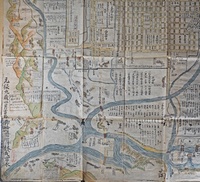

Century Cultural Foundation Collection
Hashihime / 橋姫
The latter half of 17th Century
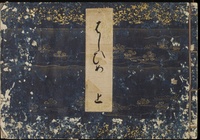

Keio University Library
Sagoromo No Sōshi / 狭衣の草子
1597
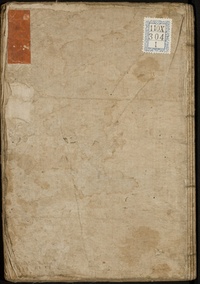
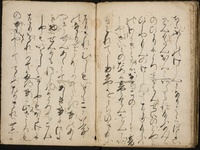
Keio University Library
Tamakatsura / 玉かつら
The end of 16th - The beginning of 17th Century
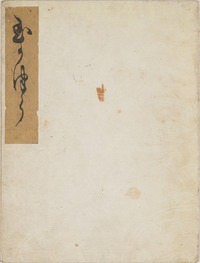
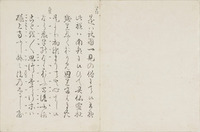
Keio University Institute of Oriental Classics
Kinsei Onna Daigaku / 近世女大學
1874
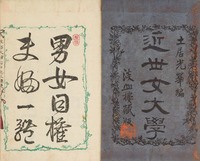
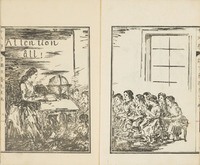
Keio University Library
Kindai Shūka / 近代秀歌
1515
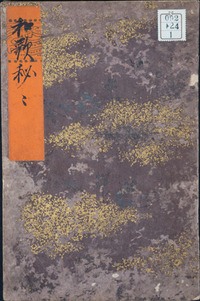
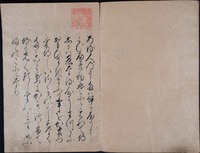

Keio University Institute of Oriental Classics
Kongōchōkyō Daiyuga Himitsu Shinchi Hōmen Giketsu / 金剛頂経大瑜伽秘密心地法門義訣
1291
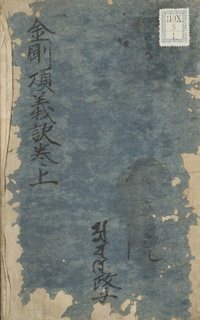
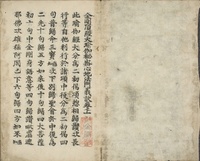
Keio University Library
Kin’Yōwakashū / 金葉和歌集
The latter half of 17th Century
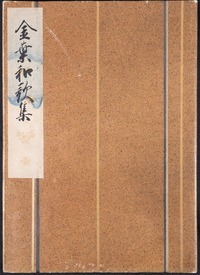
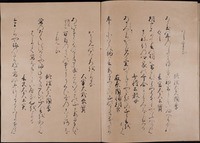

Keio University Institute of Oriental Classics
Gumonkenchū / 愚問賢注
The 17th Century
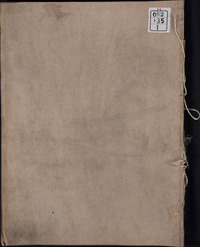


Keio University Institute of Oriental Classics
Utsusemi / 空蝉
The middle 13th Century


Keio University Library
Gunsho Ruijū / 群書類従
1793 - 1819
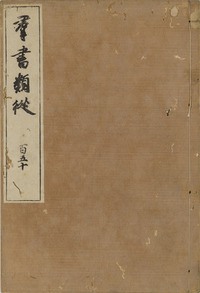
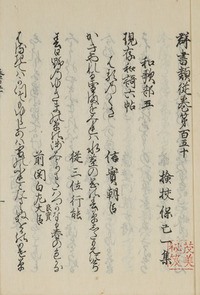
Century Cultural Foundation Collection
Keisei Kintanki / 傾城禁短気
1711
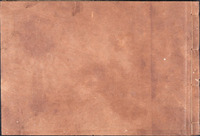


Keio University Institute of Oriental Classics
Itsukushima Mōde-Ki / 厳島詣記
1389
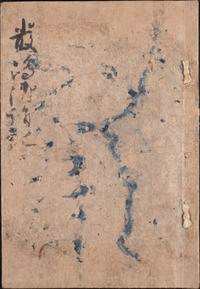
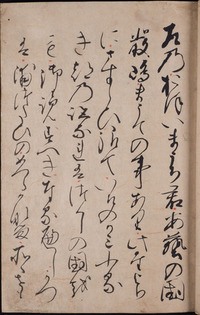

Century Cultural Foundation Collection
Genji Kokagami / 源氏のこかゝみ
The first half of 17th Century
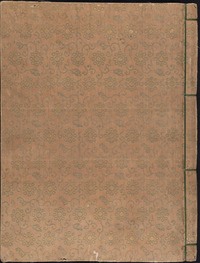
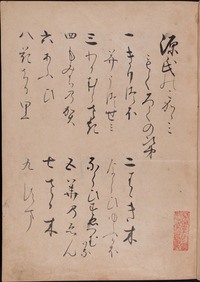

Keio University Institute of Oriental Classics
Genji Monogatari / 源氏物語
The latter half of Muromachi period


Keio University Institute of Oriental Classics
Genji Monogatari / 源氏物語
The first half of 17th Century
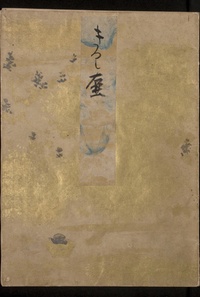
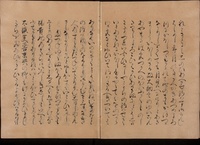
Keio University Library
Genji Monogatari / 源氏物語
The early 17th Century

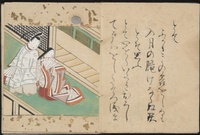
Keio University Library
Genji Monogatari “Hanachiru Sato” / 源氏物語・花散里
The latter half of 17th Century
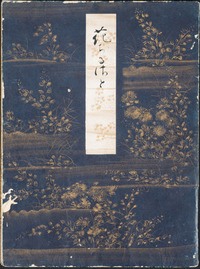
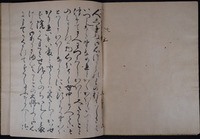

Private Collection
Genji Monogatari “Fujibakama” / 源氏物語・藤袴
The latter half of 17th Century
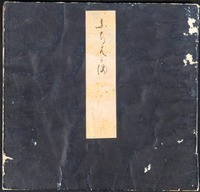


Private Collection
Genji Monogatari Keizu / 源氏物語系図
The latter half of 17th Century
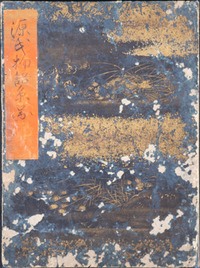
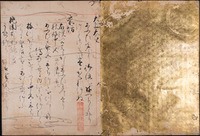

Keio University Institute of Oriental Classics
Medieval Commentary Of The Tale Of Genji / 源氏物語古註
The 14th Century
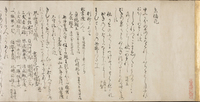

Keio University Library
Kokinwakashū / 古今和歌集
The latter half of Muromachi period
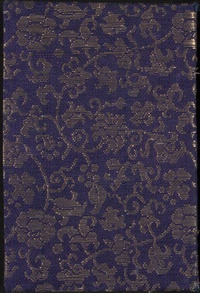
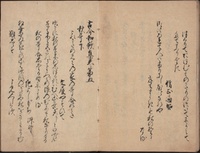
Keio University Library
Kokinwakashū / 古今和歌集
The latter half of Kamakura period
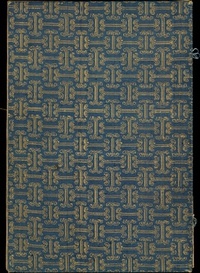
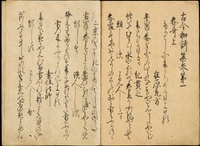

Century Cultural Foundation Collection
Kokinwakashū / 古今和歌集
The latter half of Kamakura period
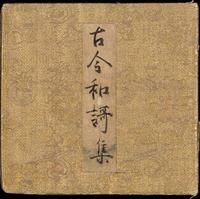


Century Cultural Foundation Collection
Kokinwakashūjo-Chū / 古今和歌集序注
The 14th Century
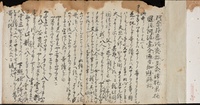
Keio University Library
Kokinwakashūjo-Chū / 古今和歌集序注
1530

Keio University Library
Kogetsushō / 湖月抄
1675
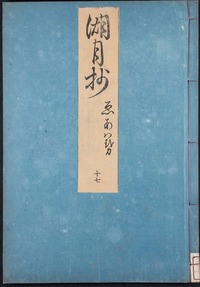


Keio University Institute of Oriental Classics
Goshūiwakashū / 後拾遺和歌集(上)
The latter half of 17th Century

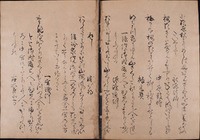

Century Cultural Foundation Collection
Goshūiwakashū / 後拾遺和歌集(下)
The latter half of 17th Century
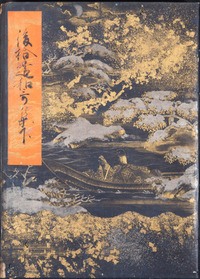
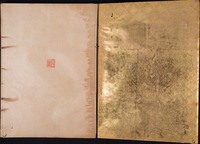
Century Cultural Foundation Collection
Goshūiwakashū / 後拾遺和歌抄
The 13th Century
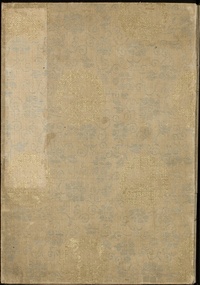
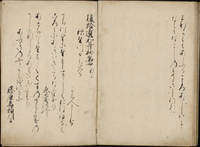
Keio University Library
Gosenwakashū / 後撰和歌集
The 15th Century
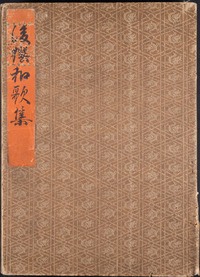


Century Cultural Foundation Collection
Gotoba-In Mishō / 後鳥羽院御鈔
1351
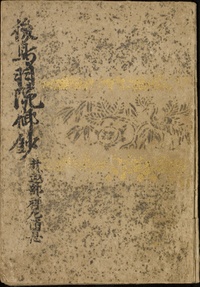
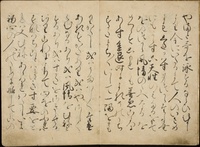
Keio University Library
Goseibai Shikimoku / 御成敗式目
1529
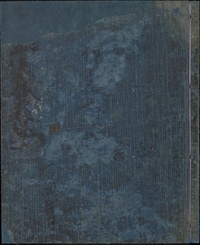
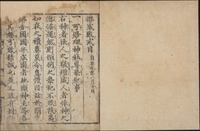
Keio University Library
Saga-Bon Ise Monogatari / 嵯峨本伊勢物語
1608
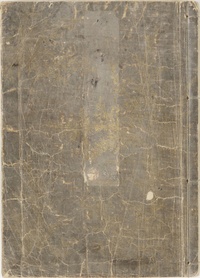
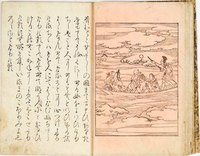
Keio University Institute of Oriental Classics
Saga-Bon Sanjūrokkasen / 嵯峨本三十六歌仙
The first half of 17th Century
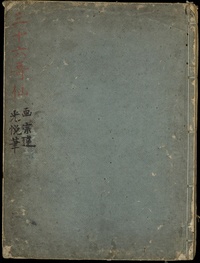
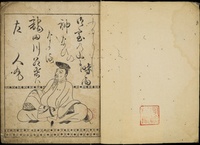
Century Cultural Foundation Collection
Shiji / 史記
The early 17th Century
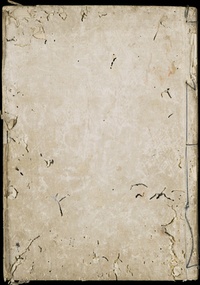
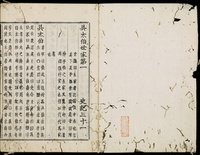
Keio University Institute of Oriental Classics
Shijūni No Monoarasoi / 四十二乃物諍
The end of 16th - The beginning of 17th Century
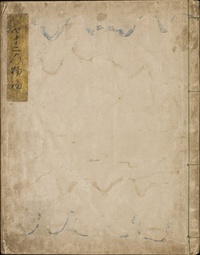

Keio University Library
Shibunritsu / 四分律
740
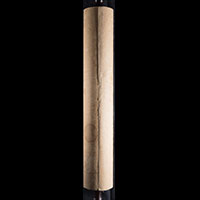
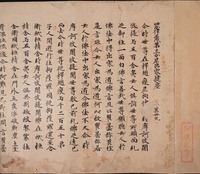
Century Cultural Foundation Collection
Shimeishō / 紫明抄
The early 14th Century
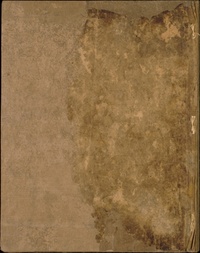
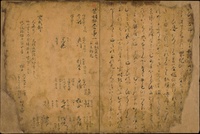
Keio University Library
Tamakura / 手枕
1792
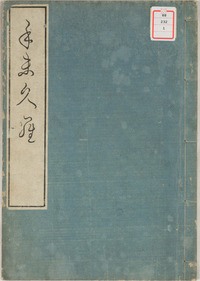
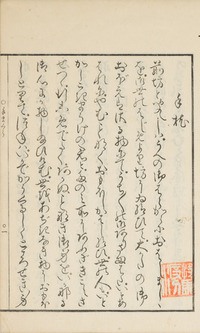
Keio University Library
Shūi Wakashū / 拾遺和歌集
1853
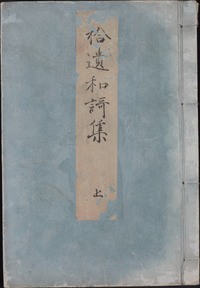
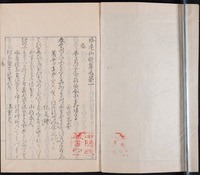
Private Collection
Akinoyonaga Monogatari / 秋の夜の長物語
1716
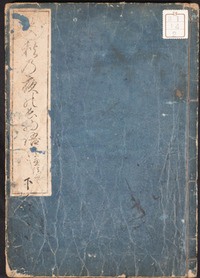
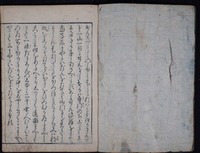

Keio University Institute of Oriental Classics
Akinoyonaga Monogatari / 秋の夜長物かたり
1616 - 1645
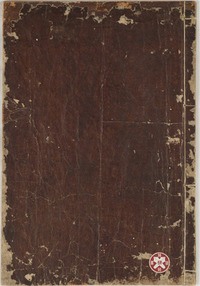
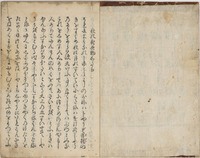
Keio University Institute of Oriental Classics
Akinoyonaga Monogatari / 秋の夜長物語
1616 - 1645
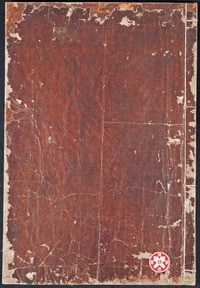
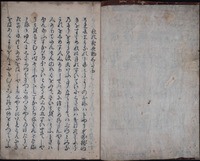

Keio University Institute of Oriental Classics
Shūko Jisshu / 集古十種稿
1800
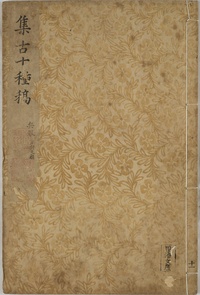
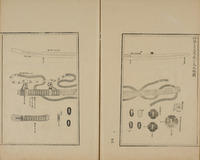
Century Cultural Foundation Collection
Shūko Jisshu / 集古十種稿
1800
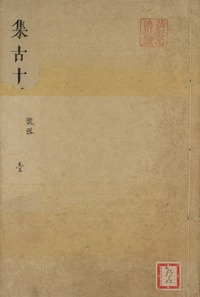
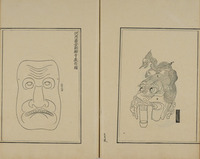
Century Cultural Foundation Collection
Shūko Jisshu-Kō / 集古十種稿 鐘銘
1800
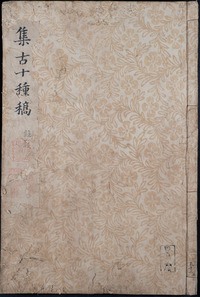
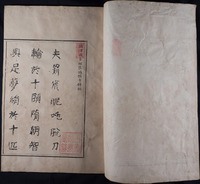

Century Cultural Foundation Collection
Shūko Jisshu-Kō / 集古十種稿 法帖
1800

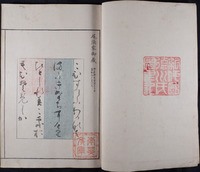

Century Cultural Foundation Collection
Shūko Jisshu-Kō / 集古十種稿 兵器
1800
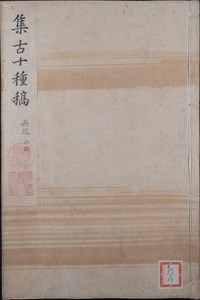
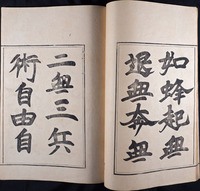

Century Cultural Foundation Collection
Shigeie-Shū / 重家集
The early 13th Century
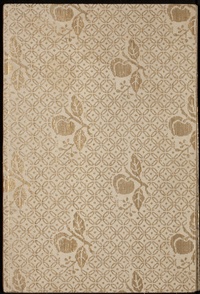

Keio University Library
Yadorigi (Ivy) / 宿木
The early 13th Century


Keio University Library
Onna Daigaku / 女大學
1844

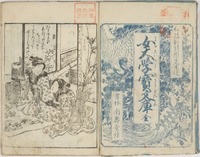
Keio University Library
Ogura Hyakunin Isshu / 小倉山百人一首
The latter half of 17th Century
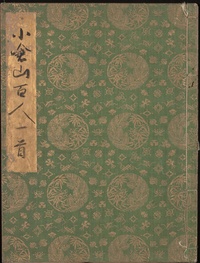
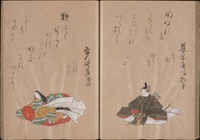
Keio University Library
Tokiwa No Uba / 常盤の姥
The latter half of 16th Century


Keio University Library
Shinsen Tsukuba-Shū / 新撰菟玖波集
1495
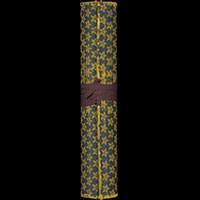
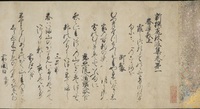
Keio University Institute of Oriental Classics
Ōgi No Sōshi / 扇の草紙
The end of 16th - The beginning of 17th Century
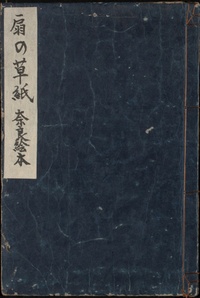
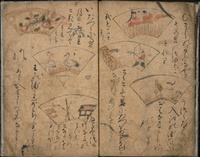
Keio University Library
Ōgi-Awase Monogatari / 扇合物かたり〈花鳥風月〉
The latter half of 16th Century
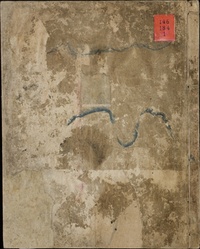
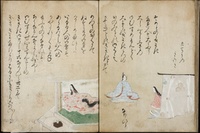
Keio University Library
Sagara Tametsugu’S Renga Sōshi / 相良為続連歌草子
The latter half of 15th Century
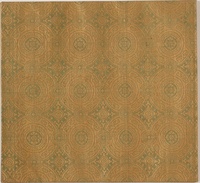

Keio University Library
Ōsaka Monogatari / 大坂物語
1668
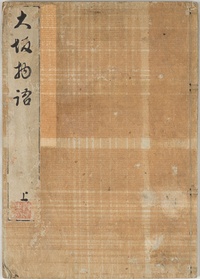
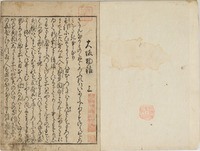
Keio University Institute of Oriental Classics
Daihannya Haramitakyō / 大般若波羅蜜多経
The 13tth Century
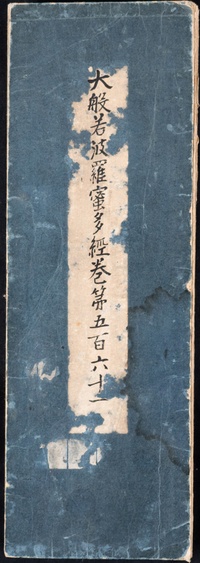
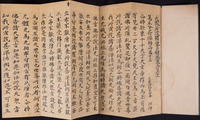

Private Collection
Daihannya Haramitakyō / 大般若波羅蜜多経
The 13tth Century
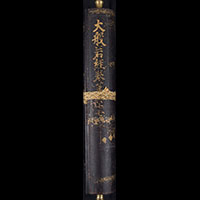
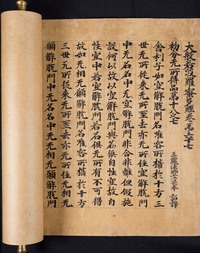
Century Cultural Foundation Collection
Yamato Zukkan / 大和俗訓
1708
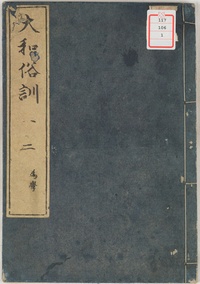
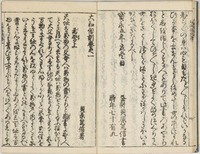
Keio University Library
Kokkō Shōshō / 谷口樵唱
1808
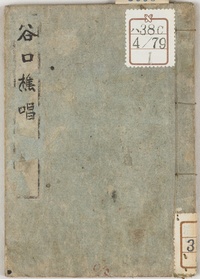
Keio University Institute of Oriental Classics
Tanzaku Tekagami / 短冊手鑑
The 17th to 18th Century
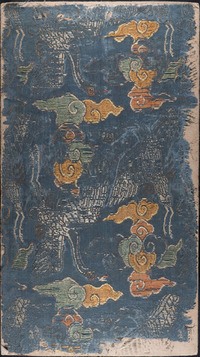
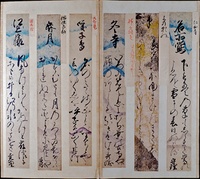

Century Cultural Foundation Collection
Taketori Monogatari / 竹取物語
The latter half of 17th Century

Keio University Institute of Oriental Classics
Chikuden-Sō Shiwa / 竹田荘詩話
1810

Keio University Institute of Oriental Classics
Chūjōhime / 中しやう姫
The first half of 17th Century
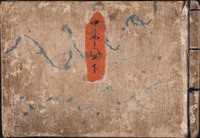


Keio University Institute of Oriental Classics
Shiohi No Tsuto / 潮干のつと
Around 1789

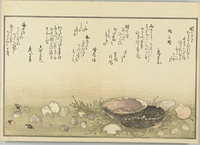
Keio University Library
Chōrokubumi / 長六文
The 16th Century
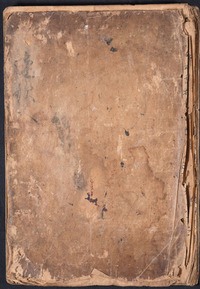
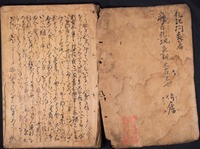

Keio University Institute of Oriental Classics
Tori Uta-Awase Emaki / 鳥歌合画巻
The end of 16th - The beginning of 17th Century
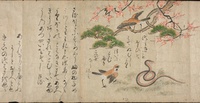
Keio University Library
Chokusen Meisho Waka Shōshutsu / 勅撰名所和歌抄出
The 16tth Century
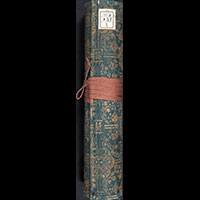

Keio University Institute of Oriental Classics
Tsuru No Sōshi / 鶴の草子
1662
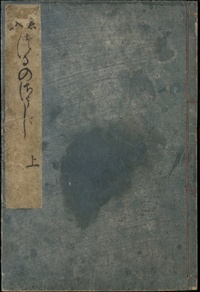
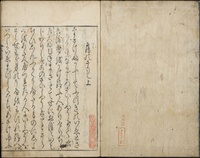
Keio University Library
Jōkan Seiyō / 貞観政要
The 13th Century
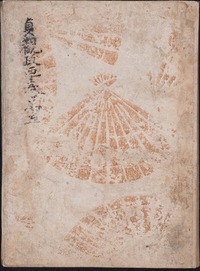
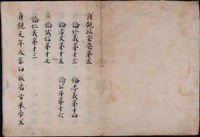

Keio University Institute of Oriental Classics
Tengu No Dairi / 天狗の内裏
The latter half of Muromachi period

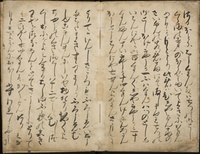
Keio University Library
Atsutada Shū / 敦忠集
The latter half of 17th Century
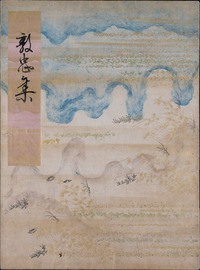
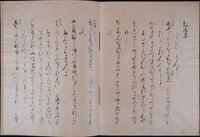

Private Collection
Nijūhappon Narabi Ni Kuhon Shiika / 廿八品并九品詩歌・現存卅六人詩歌
The latter half of 13th Century
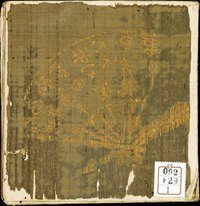

Keio University Institute of Oriental Classics
Nihon Kōki / 日本後紀
1799
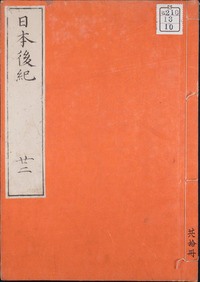
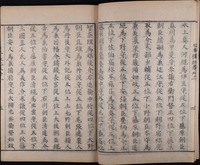

Keio University Institute of Oriental Classics
Nihon Shoki Jindai-Kan / 日本書紀
The 17th Century
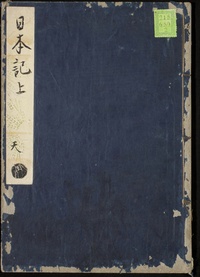
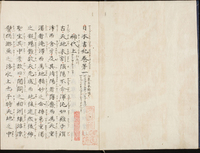
Keio University Library
Nihon Shoki / 日本書記
1610

Keio University Library
Nihon Shoki / 日本書記
1624 - 1645
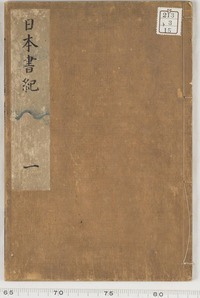
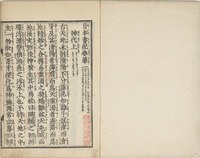

Keio University Institute of Oriental Classics
Baien Kishō / 梅園奇賞
1828
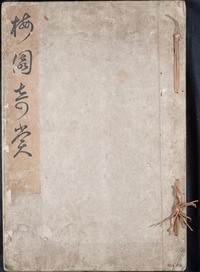
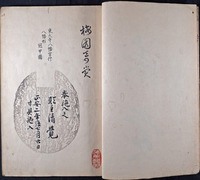

Century Cultural Foundation Collection
Yakumo Mishō / 八雲御抄
The 16tth Century

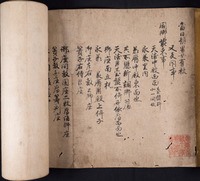
Keio University Institute of Oriental Classics
Bishamon No Honji / 毘沙門の本地
The first half of 17th Century
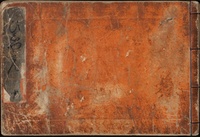

Keio University Library
Tawara Tōda Monogatari / 俵藤太物語
1624 - 1645
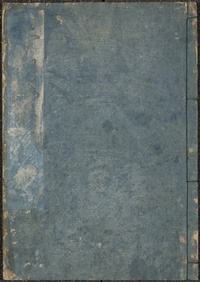
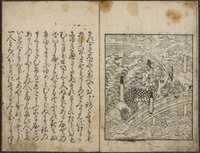
Keio University Library
Hamamatsu Chūnagon Monogatari / 浜松中納言物語
The 19th Century
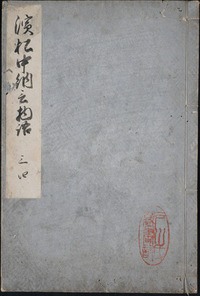


Century Cultural Foundation Collection
Hamamatsu Chūnagon Monogatari / 浜松中納言物語
The 17th Century
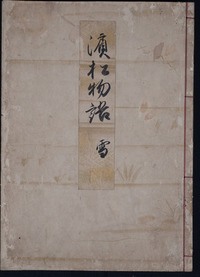


Century Cultural Foundation Collection
Monjuhime / 文殊姫
The early 17th Century
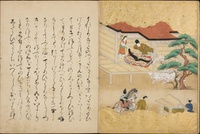

Keio University Library
Bunpitsu Mondō-Shō / 文筆問答鈔
1560
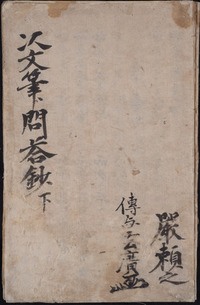
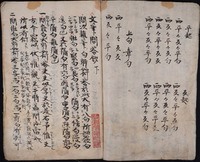

Keio University Institute of Oriental Classics
Heian-Period Printed Buddhas / 平安朝摺仏
794 - 1192

Keio University Library
Heike Monogatari (Nakanoin Text) / 平家物語
1624 - 1645
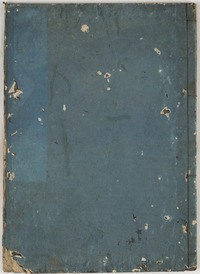
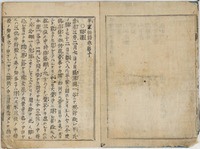
Keio University Institute of Oriental Classics
Heike Monogatari (Jūichigyō Hiragana Text) / 平家物語
1615 - 1624
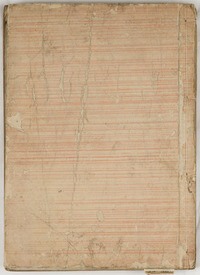
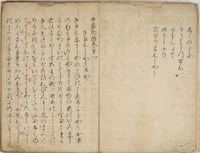
Keio University Institute of Oriental Classics
Heike Monogatari (Shimomura text)/ 平家物語
The end of 16th - The beginning of 17th Century
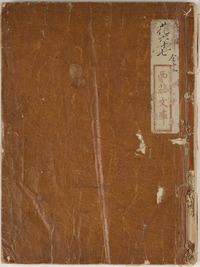
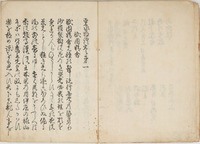

Keio University Institute of Oriental Classics
Heike Monogatari (Nakanoin Text) / 平家物語
The end of 16th - The beginning of 17th Century
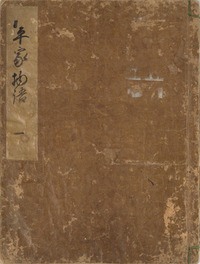
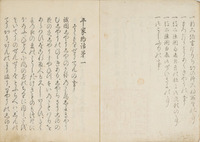
Keio University Institute of Oriental Classics
Heike Monogatari (Nakanoin Text) / 平家物語
The early 17th Century
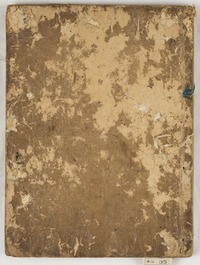

Keio University Institute of Oriental Classics
Heike Monogatari (Jūnigyō Hiragana Text) / 平家物語
1624 - 1645
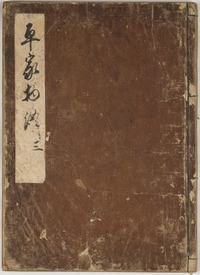
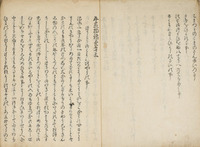
Keio University Institute of Oriental Classics
Heike Monogatari (Jūnigyō Hiragana Text) / 平家物語
1624 - 1645
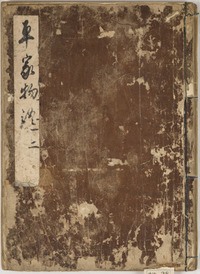
Keio University Institute of Oriental Classics
Heike Monogatari (Jūnigyō Hiragana Text) / 平家物語
1624 - 1645
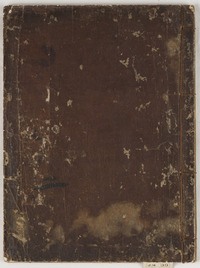
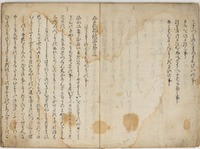
Keio University Institute of Oriental Classics
Heike Monogatari / 平家物語
The latter half of 16th Century
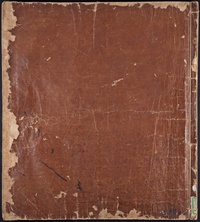
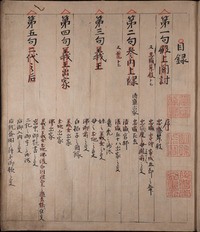

Keio University Institute of Oriental Classics
Hekianshō / 僻案抄
The latter half of 17th Century
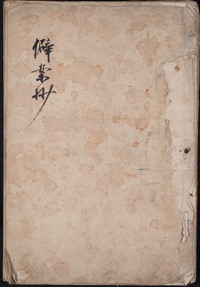
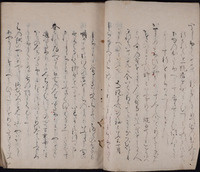

Keio University Institute of Oriental Classics
Hekianshō / 僻案抄
1481
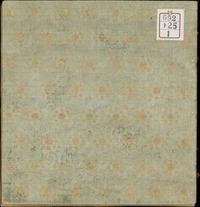
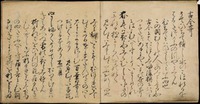

Keio University Institute of Oriental Classics
Hōbutushū / 宝物集
The first half of 17th Century
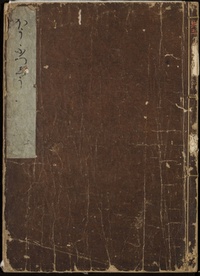

Keio University Library
Hokkekyō Tanji / 法華経単字
1136

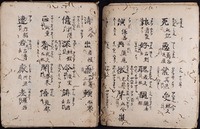

Century Cultural Foundation Collection
Hōryūji Hyakumantōdarani / 法隆寺百萬塔陀羅尼
770
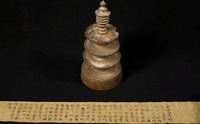

Keio University Library
Kitano Tenjin Engi Emaki / 北野天神縁起絵巻
The 13tth Century

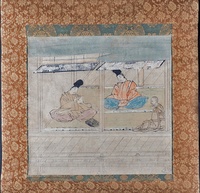
Century Cultural Foundation Collection
Suetsumuhana / 末摘花
The middle 13th Century
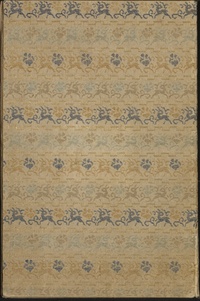
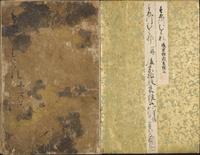
Keio University Library
Yorozu Kaimono Chōhōki / 万買物調方記
1692


Keio University Library
Man’Yōshū / 万葉集
The 17th Century
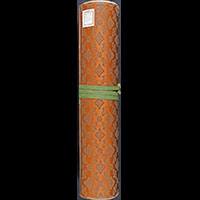
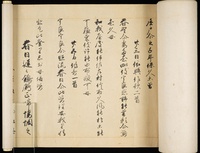
Keio University Institute of Oriental Classics
Keichū, Man’Yōshū Daishōki / 万葉集代匠記
1789 - 1829
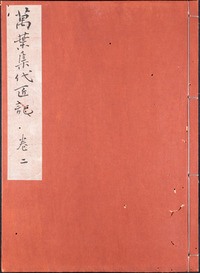
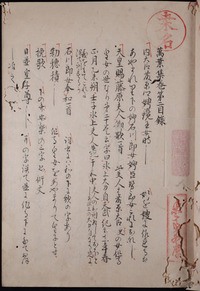

Keio University Institute of Oriental Classics
Man’Yōshū Nukigaki / 万葉集抜書
1795
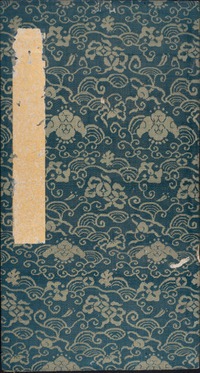
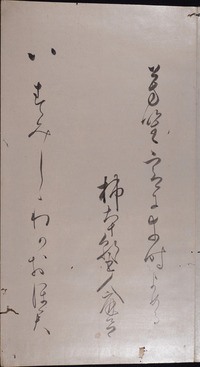

Century Cultural Foundation Collection
Myōhō Rengekyō / 妙法蓮華経
The 16th Century
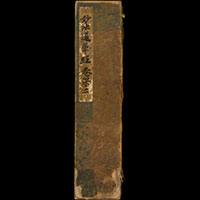
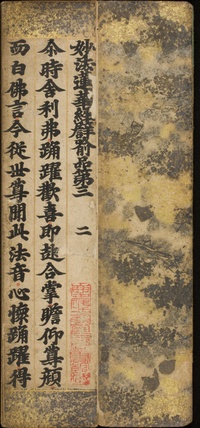
Keio University Library
Myōhō Rengekyō / 妙法蓮華経
1192 - 1333
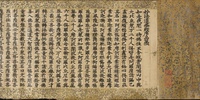
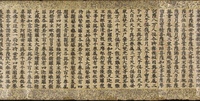
Keio University Library
Myōhō Rengekyō / 妙法蓮華経
1192 - 1333
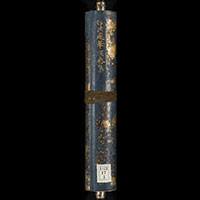

Keio University Library
Meisho Fūzoku Kon’nōzakura / 名所風俗金王桜
1774

Keio University Institute of Oriental Classics
Motto Mosōshi / 尤之双紙
1634
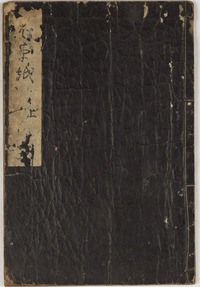
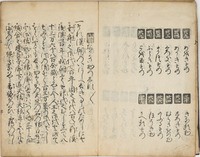
Century Cultural Foundation Collection
Bhaiṣajyaguru-Vaiḍūrya-Prabhā-Rāja Sūtra / 薬師瑠璃光如来本願功徳経
The 17th Century
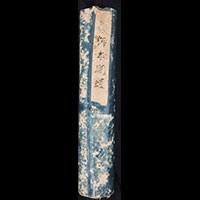
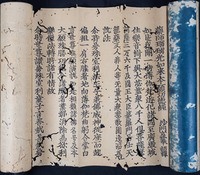
Private Collection
Musukobeya / 令子洞房
1785
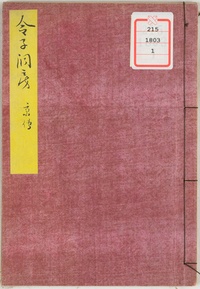
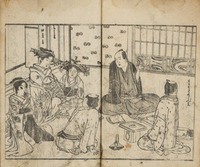
Keio University Institute of Oriental Classics
Suzunoya-Shū / 鈴屋集
1798 - 1803
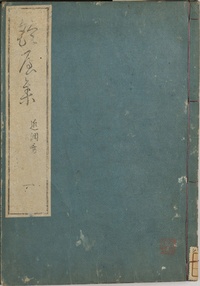
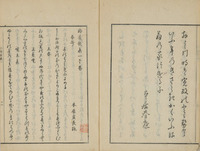
Keio University Institute of Oriental Classics
Rekidai Kunshin Zuzō / 歴代君臣図像
1651
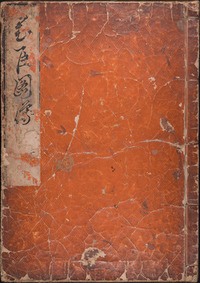


Century Cultural Foundation Collection
Rekidai Teiō Hennen Goken No Zu / 歴代帝王編年互見之図
1376
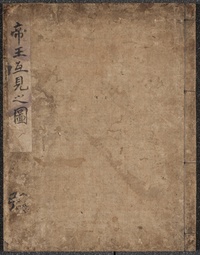
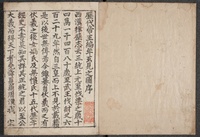
Keio University Library
Wamyō Ruijūshō / 和名類聚抄
1801
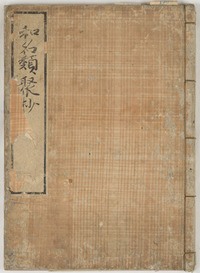
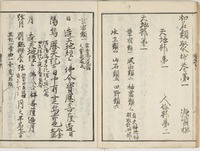
Keio University Institute of Oriental Classics
Nise Murasaki Inaka Genji / 偐紫田舍源氏
1829 - 1842
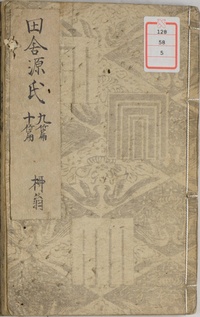
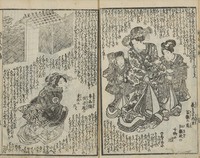
Keio University Library
Ehon Sakaegusa / 繪本榮家種
1790
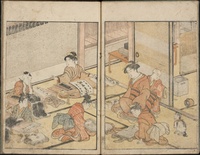
Keio University Library
Waka Hishō (Hekianshō) / 和謌秘抄(僻案抄)
1470
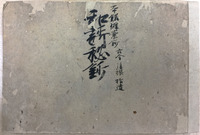
Keio Institute of Oriental Classics
Rikutō / 六韜
1536

Keio Institute of Oriental Classics
Genji Monogatari Hiketsu / 源氏物語秘訣
The 17th Century

Keio Institute of Oriental Classics
Kachō Fūgetsu / 花鳥風月
The early 17th Century

Keio Institute of Oriental Classics
Kyōkun Oya No Megane "Rikōmono" / 教訓親の目鑑・理口者
The early 19th Century

The Takahashi Seiichiro Collection of Ukiyo-e Prints, Keio University
The 42-line Bible by Gutenberg / グーテンベルク四二行聖書
The late 15th century

Keio University Library
Dankanrui / 断簡類
—
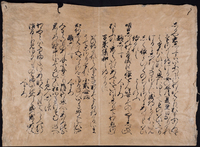
Private Collection
Funshō Sōsi / ふんしやう
The early 17th Century

Private Collection
Shin Kokinwakashū / 新古今和歌集
1794

Private Collection
Shin Kokinwakashū / 新古今和歌集
The 17th Century

Private Collection
Son'en Shin'nō Shinkanhōjō / 尊円親王真翰宝帖
The 18th Century

Private Collection